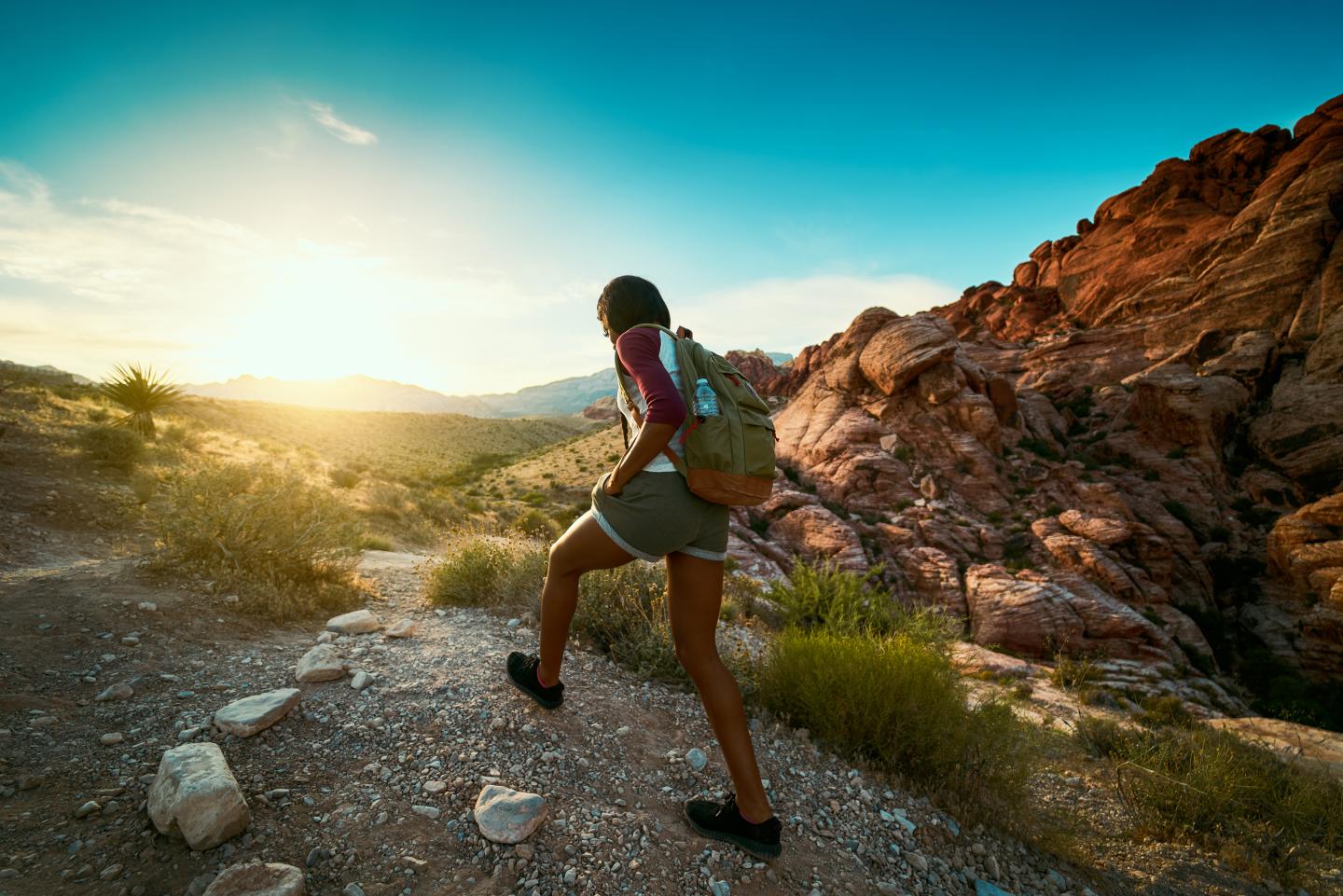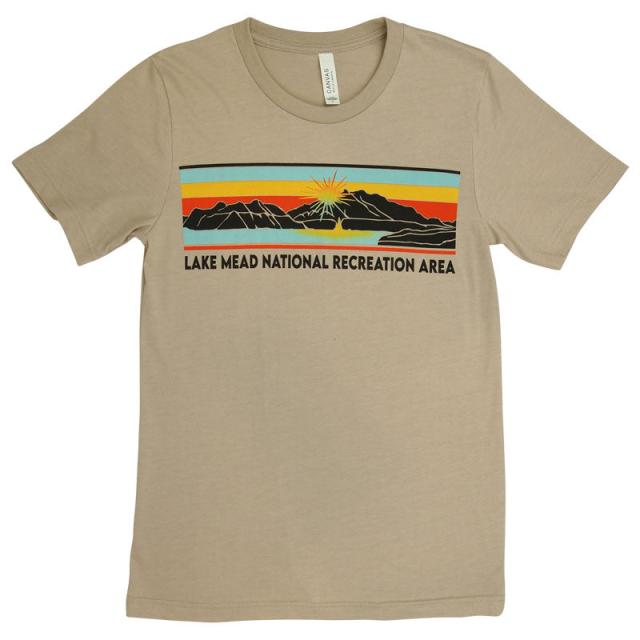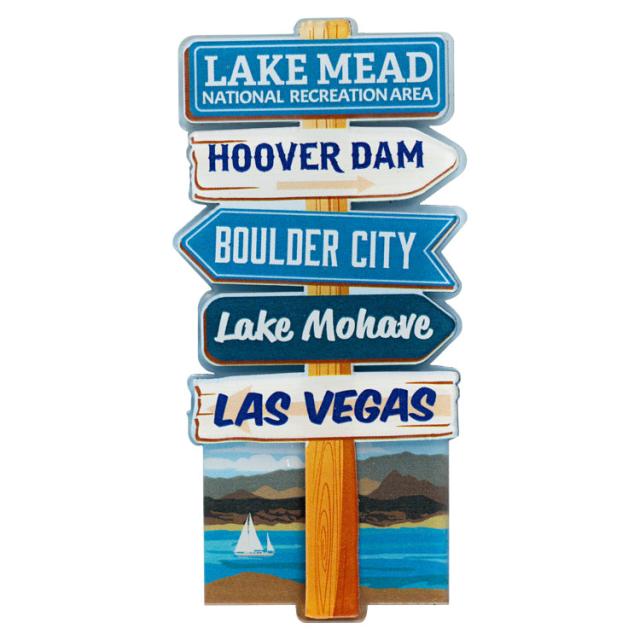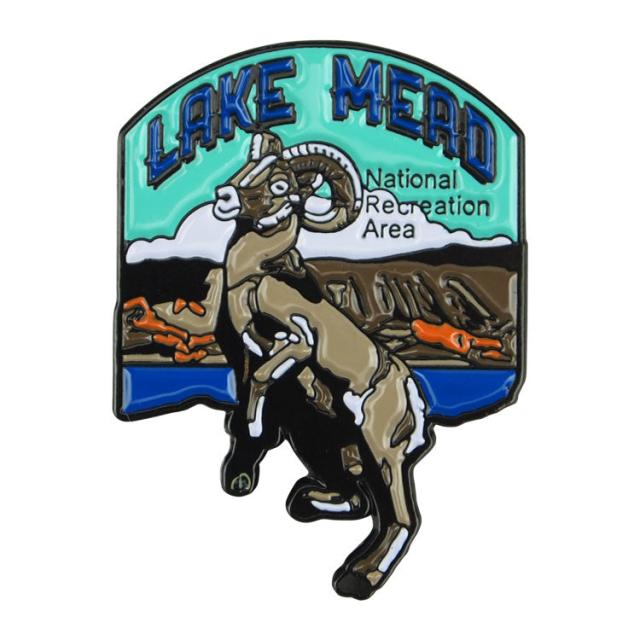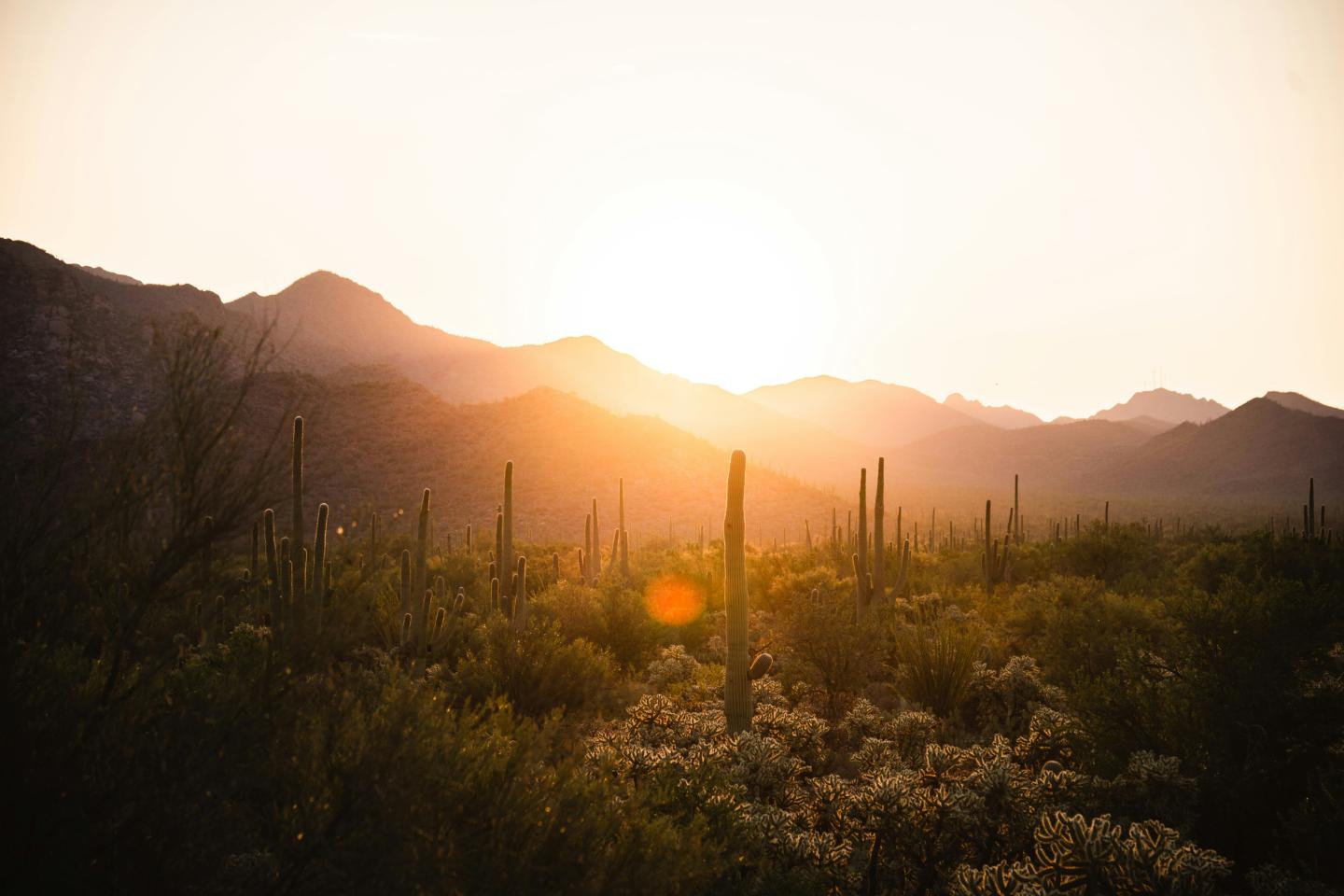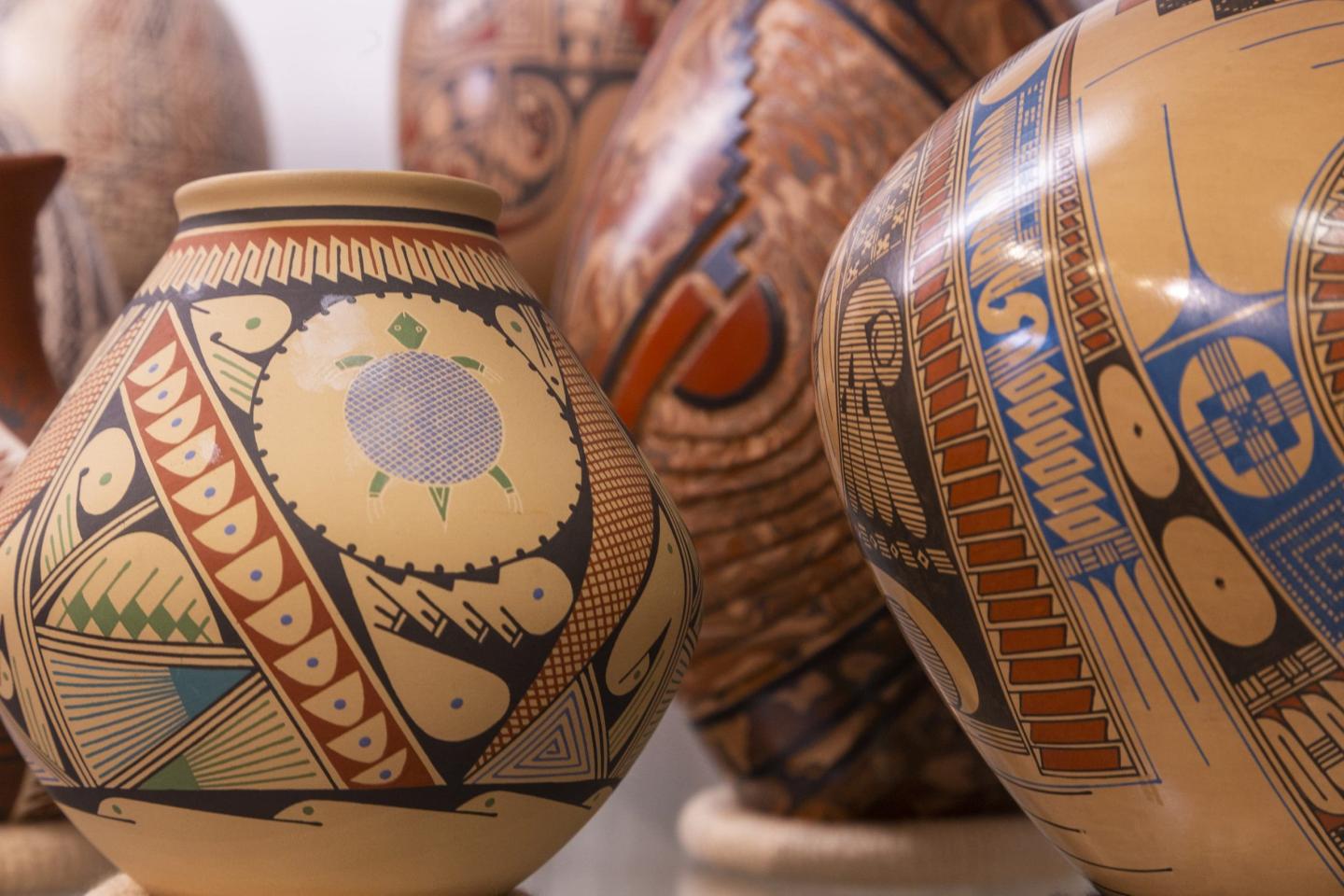
Plan Your Trip to Lake Mead National Recreation Area
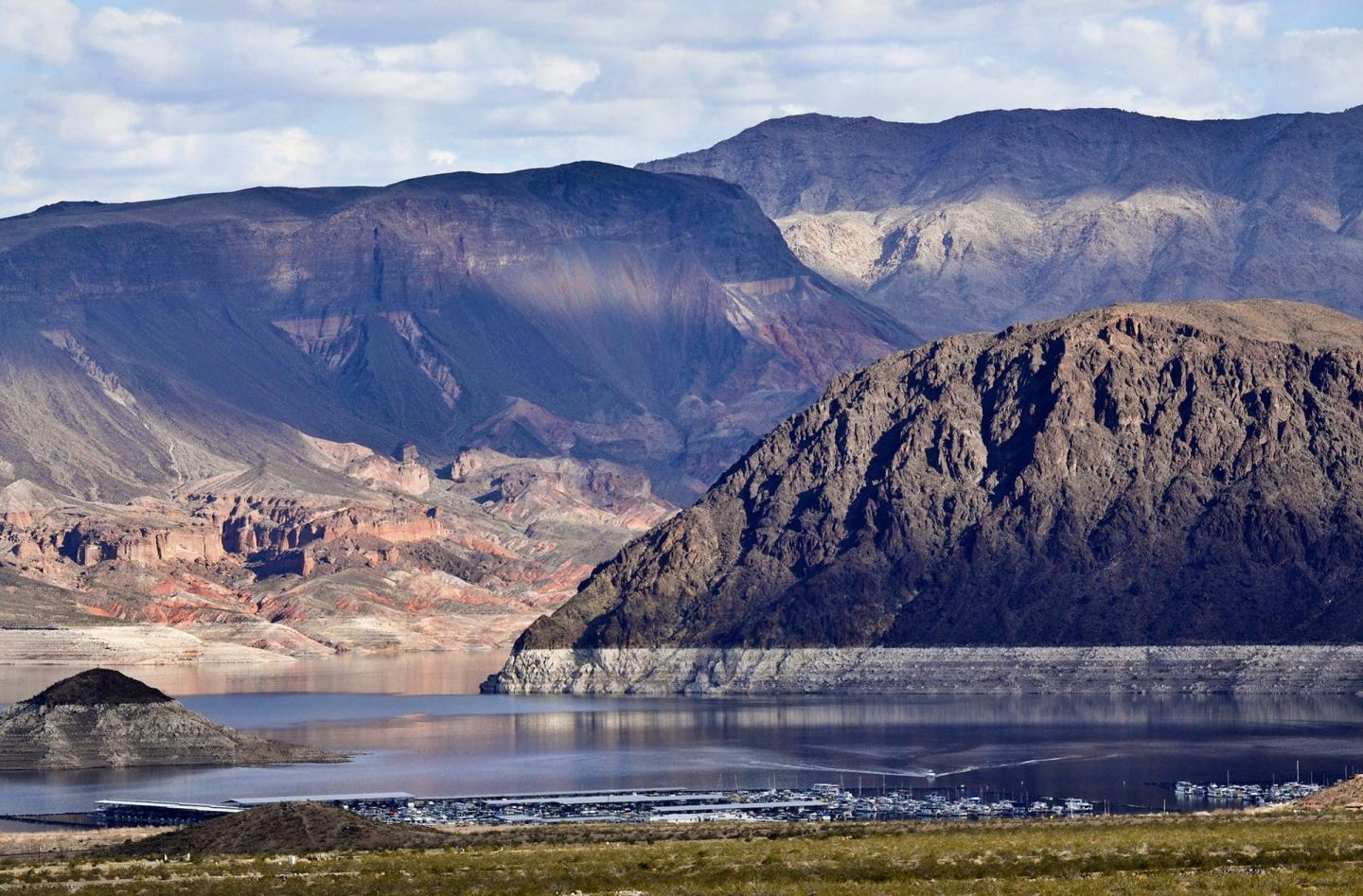
Lake Mead National Recreation Area, America's first and largest national recreation area, offers a diverse array of outdoor activities set against a backdrop of stunning desert landscapes and expansive blue waters. Spanning over 1.5 million acres, the area encompasses two vast lakes—Lake Mead and Lake Mohave—providing ample opportunities for adventure and relaxation.
Lake Mead is a place of cultural significance—ancestral homelands to the Hopi, Southern Paiute, Mojave, Hualapai, and other Indigenous peoples who have long held spiritual and practical connections to this unique environment.
Read on to find out why Lake Mead National Recreation Area should be your next national park adventure, plus get tips for planning your journey to this unforgettable landscape on the border of Arizona and Nevada.
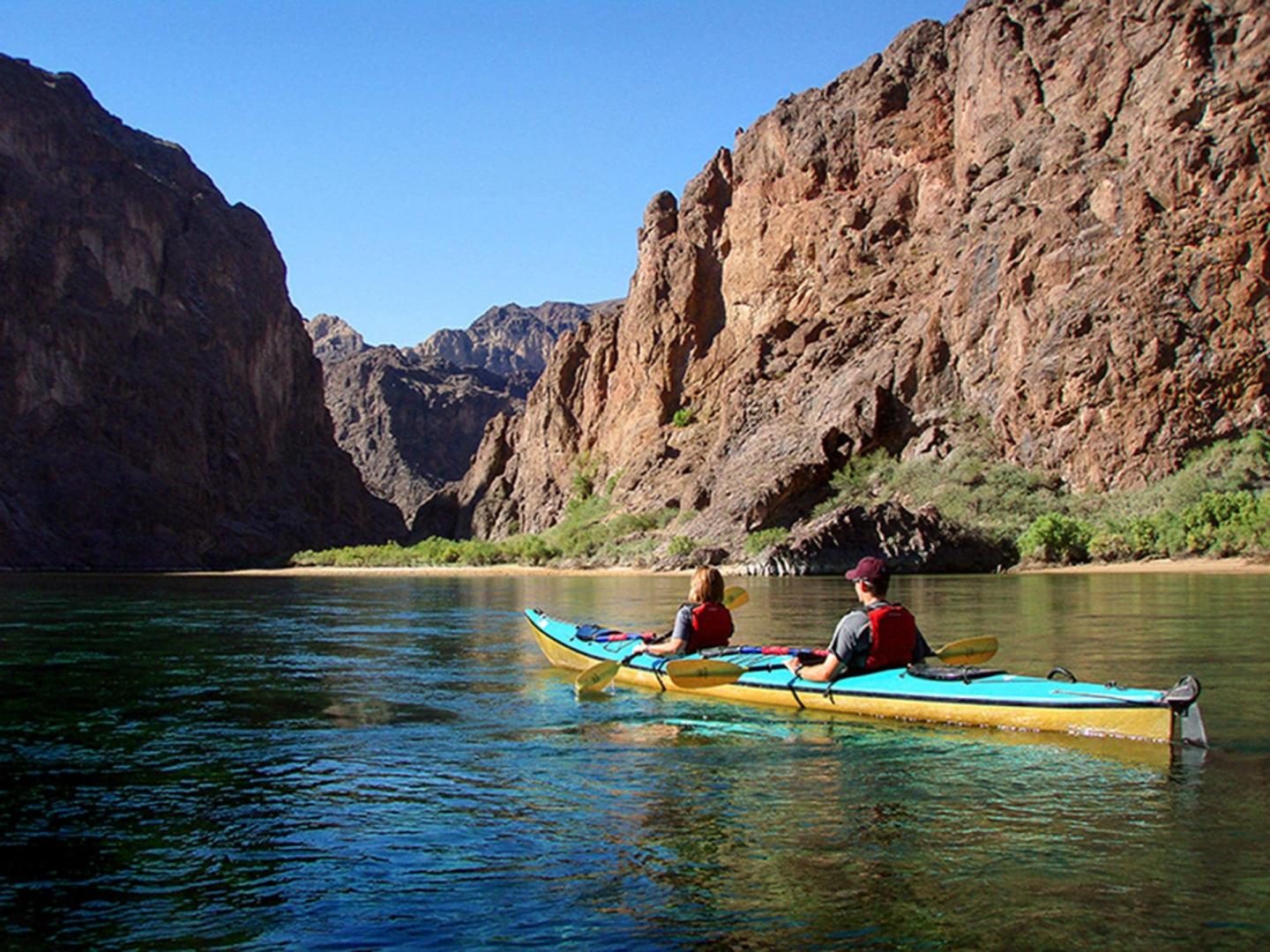
When to visit Lake Mead National Recreation Area
While summer often offers families the most availability for a longer trip to the park, some of the best times to visit Lake Mead are when the weather cools slightly. Spring and fall offer comfortable daytime temperatures and mild evenings, ideal for hiking and biking. Summer brings the heat, often topping 110°F, making water-based activities the safest and most popular option during the summer months.
Photos from the parks
Tag @WesternNationalParks to have your trip featured
What to do at Lake Mead National Recreation Area
There’s plenty to experience at Lake Mead National Recreation Area.
-
Make a splash: With over 750 miles of shoreline, Lake Mead and Lake Mohave are perfect for boating, fishing, swimming, and kayaking. Marinas and boat ramps are available for easy access. Fishing enthusiasts can expect to catch species like striped bass, catfish, and crappie.
-
Hike and bike: Explore over 200 miles of trails, ranging from easy walks to challenging hikes. The Historic Railroad Trail offers scenic views of the Boulder Basin area, while the River Mountains Loop Trail provides a 34-mile cycling route through diverse terrains.
-
Visit Hoover Dam: A short drive from the recreation area, Hoover Dam is a marvel of modern engineering. Guided tours are available to learn about its history and significance.
- Camp on the shore: With six NPS-managed campgrounds and 4 RV villages, there are plenty of places to spend a night under the stars. Make reservations early.
-
Explore wilderness areas: The park encompasses nine wilderness areas, offering solitude and opportunities to observe diverse flora and fauna, including over 900 plant species and 500 animal species.
-
Discover seasonal hot springs: The Arizona (Ringbolt) Hot Springs offer a unique experience with geothermal pools nestled in a slot canyon. Accessible via a moderate hike, these springs provide a relaxing retreat. The Arizona Hot Springs are closed during the hotter months for visitor safety. Check the park website for alerts and availability.
- Start your adventure at the visitor center: At the Visitor Center in Boulder City, Nevada, get maps, brochures, and speak with rangers to plan your visit. Pick up a few outdoor essentials, a comfy tee, or a favorite memento of your trip at the WNP park store.
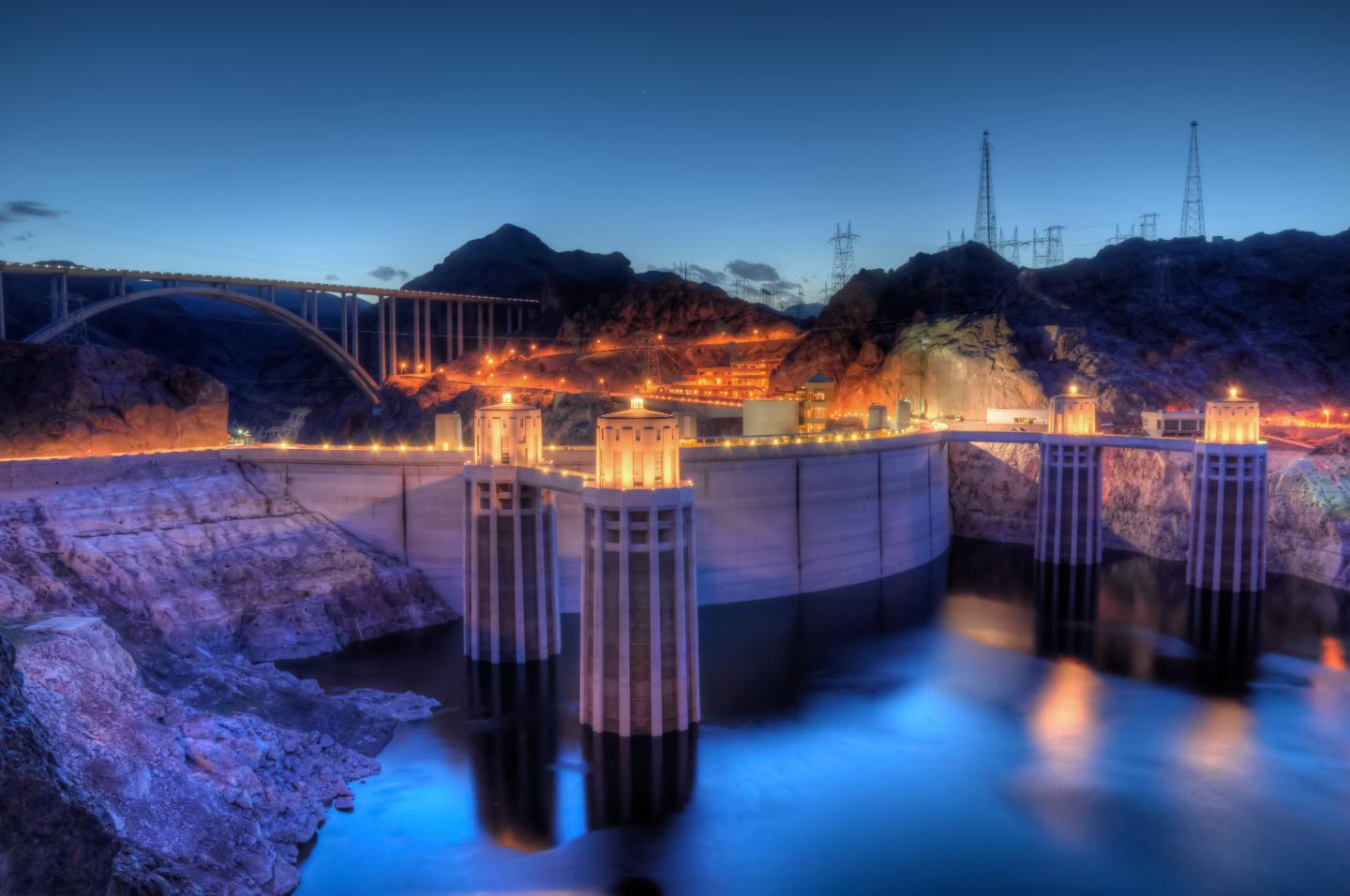
More to experience
There's something for everyone to experience at Lake Mead National Recreation Area.
From hiking and biking accessible trails to watching wildlife to making a big splash in the cool waters, this park is well worth a multi-day trip. Take in the fascinating history of Hoover Dam, one of the most influential innovations in Western history. If you're looking to deepen your experience even more, consider a side trip to the Lost City Museum. Located in Overton, Nevada, this museum showcases artifacts and reconstructed dwellings from the ancestral Puebloans, offering insights into the region's rich history.
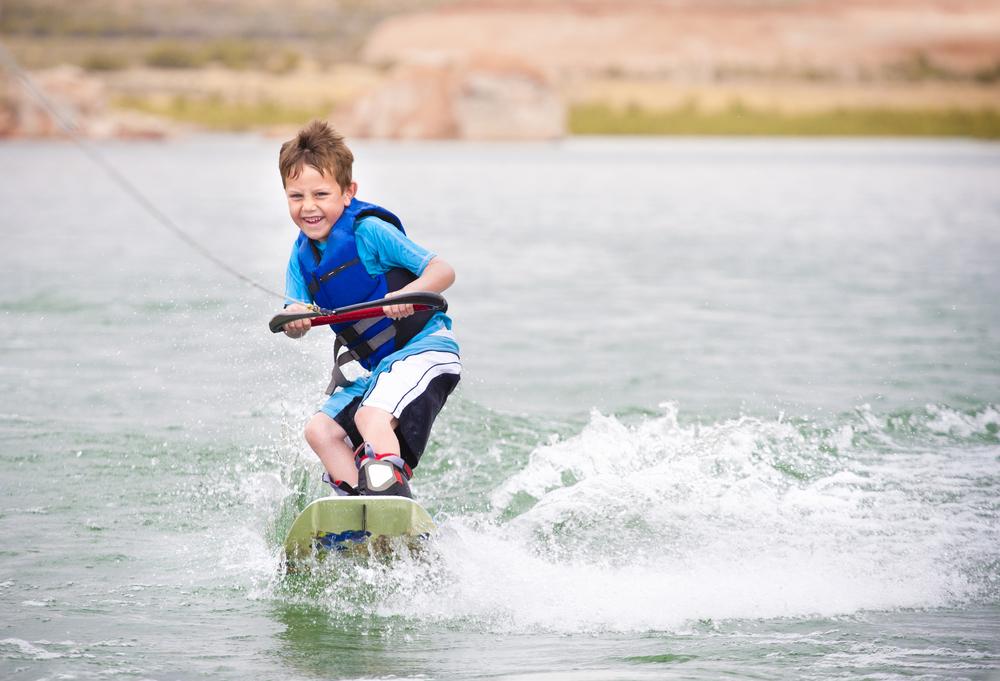
Explore more
If you're looking for some additional amenities during your visit, stop by Katherine Landing. Situated on the Arizona side of Lake Mohave, Katherine Landing provides amenities such as boat rentals, a restaurant, and camping facilities, making it a convenient base for exploring the area. Check out our three-day itinerary for more ideas.
Science anyone?
Geology of Lake Mead
Lake Mead National Recreation Area showcases a rich geological history, featuring formations that span nearly two billion years. The region's diverse landscape includes ancient metamorphic rocks, volcanic structures, and sedimentary layers, each narrating a chapter of Earth's dynamic past.
Ancient foundations
The oldest rocks in the area are metamorphic and date back approximately 1.7 billion years. These foundational rocks, visible in various parts of the park, provide insights into the early continental crust's formation and the tectonic forces that shaped the region.
Volcanic landmarks
Volcanic activity has significantly influenced the park's topography. Notable volcanic features include:
- Fortification Hill: This mesa-like structure is composed of basaltic lava flows, indicative of volcanic eruptions that occurred millions of years ago.
- Hamblin-Cleopatra Volcano: An extinct volcanic complex that offers a window into the area's past.
Sedimentary structures
The park also contains significant sedimentary formations, such as the Liberty Bell Arch, a natural arch formed through erosion and weathering processes. These structures provide evidence of ancient environments, including rivers and deserts, that once dominated the area.
Tectonic activity
The Basin and Range Province, where Lake Mead is located, is characterized by its distinctive topography of alternating mountain ranges and valleys. This landscape results from tectonic stretching and faulting, processes that continue to shape the region today.
Visitors to Lake Mead National Recreation Area can observe these geological features firsthand, gaining a deeper appreciation for the Earth's dynamic history and the forces that continue to mold its surface.
For more detailed information on the geology of Lake Mead National Recreation Area, please visit the National Park Service's official page.
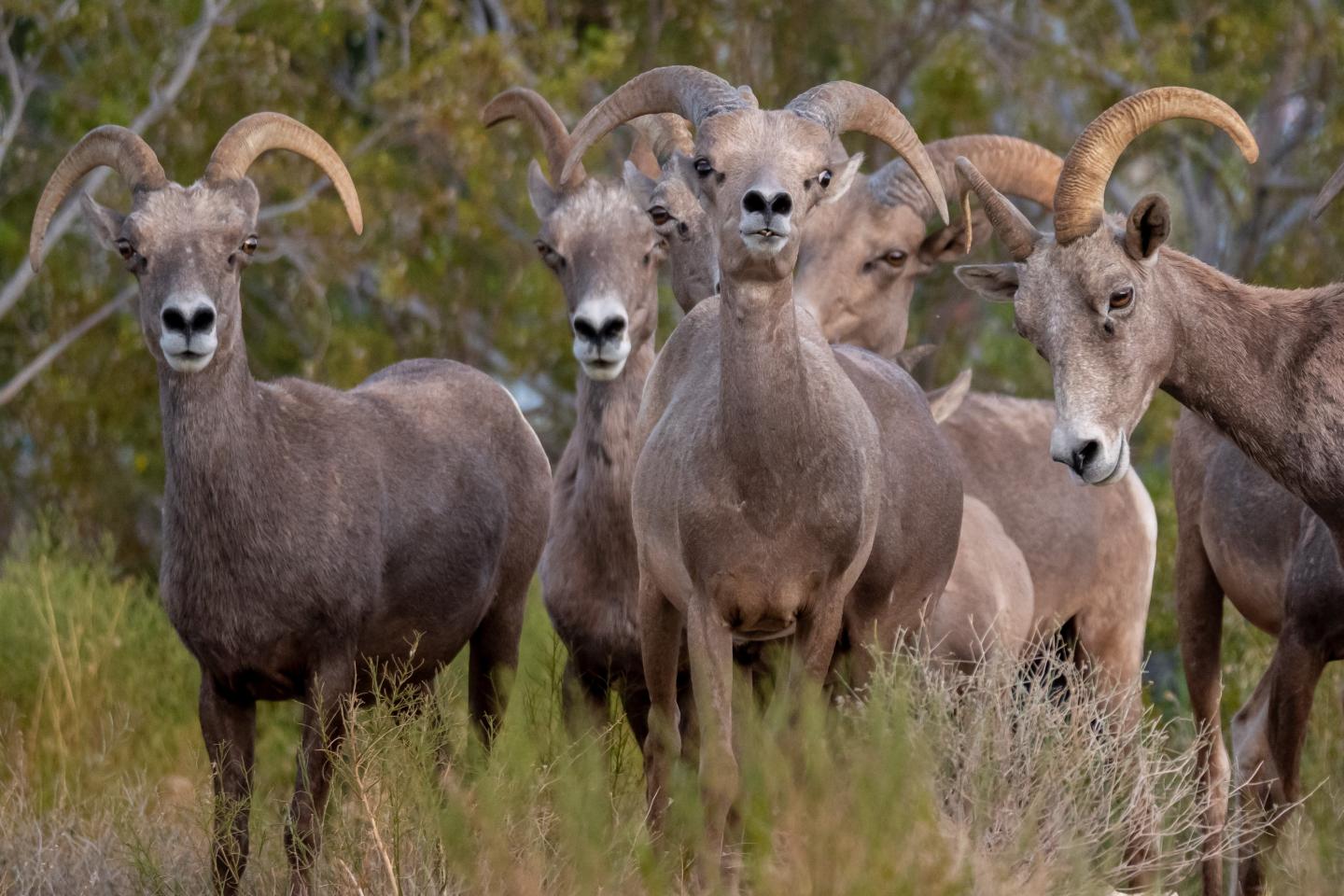
Biodiversity at Lake Mead
Lake Mead’s ecosystems range from lowland desert to rugged canyons and riparian oases, making it a haven for wildlife. You might spot desert bighorn sheep on the rocky cliffs, lizards sunning on the trails, and over 240 species of birds, from great blue herons to tiny verdins. The park is also home to rare and endemic species like the relict leopard frog and the southwestern willow flycatcher. Native plants, including creosote, mesquite, and desert marigold, thrive in this arid environment, especially after seasonal rains.
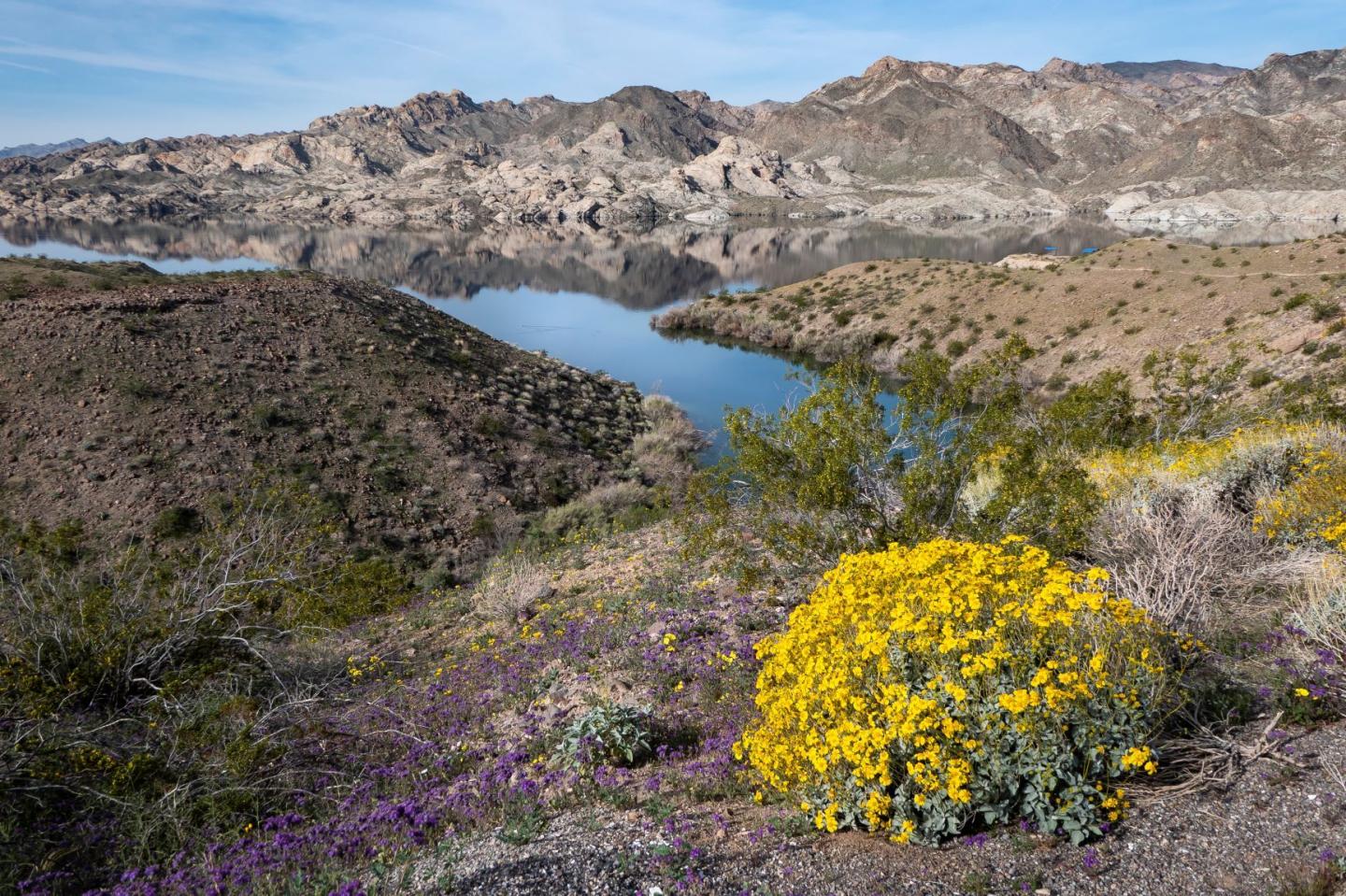
Indigenous and historic connections to Lake Mead's landscapes
Long before it became a national recreation area, this land was—and continues to be—important to Indigenous peoples. The Southern Paiute, Mojave, Hualapai, and other tribes have lived in and stewarded this region for thousands of years. Petroglyphs, agave roasting pits, and ancient trails trace their presence. Today, tribal nations continue to be involved in protecting cultural resources and educating the public. The area also holds more recent historical significance: remnants of mining towns, homesteads, and early roads reveal the stories of settlers, dam builders, and explorers who shaped the Southwest.
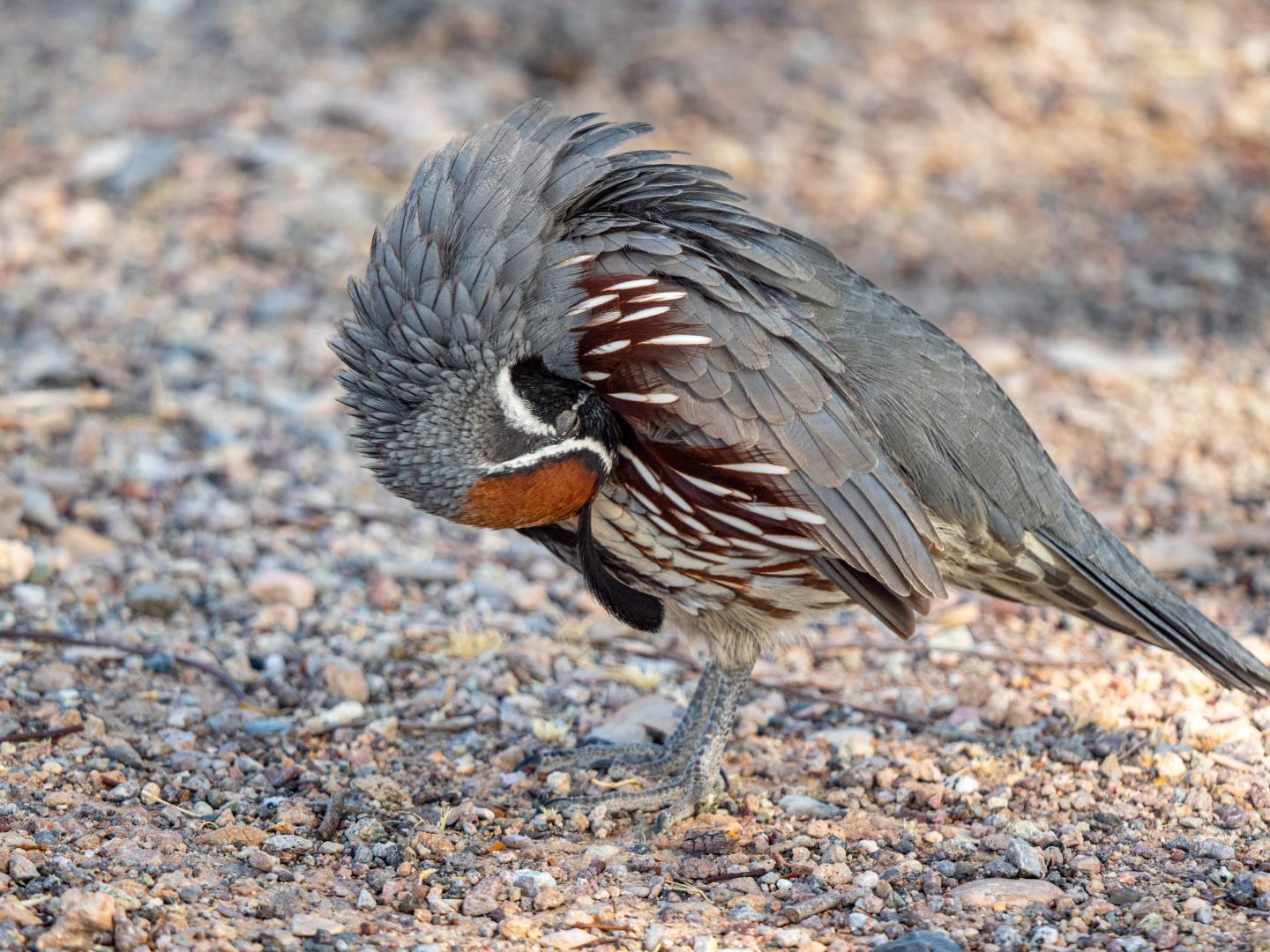
Know before you go
Keep the following in mind when planning your visit to Lake Mead National Recreation Area to ensure a respectful and safe experience.
- Check the weather before your visit. Due to the desert environment, visitors should be prepared for extreme temperatures. Carry plenty of water, wear appropriate clothing, and be aware of the risks associated with water activities. Always check current conditions before embarking on hikes or other adventures.
- Practice water safety. Be sure to pack life vests and invest in water safety education before traveling to the park.
- Visit responsibly. Take only photographs and memories—removing sand, plants, rocks, or cultural artifacts is strictly prohibited.
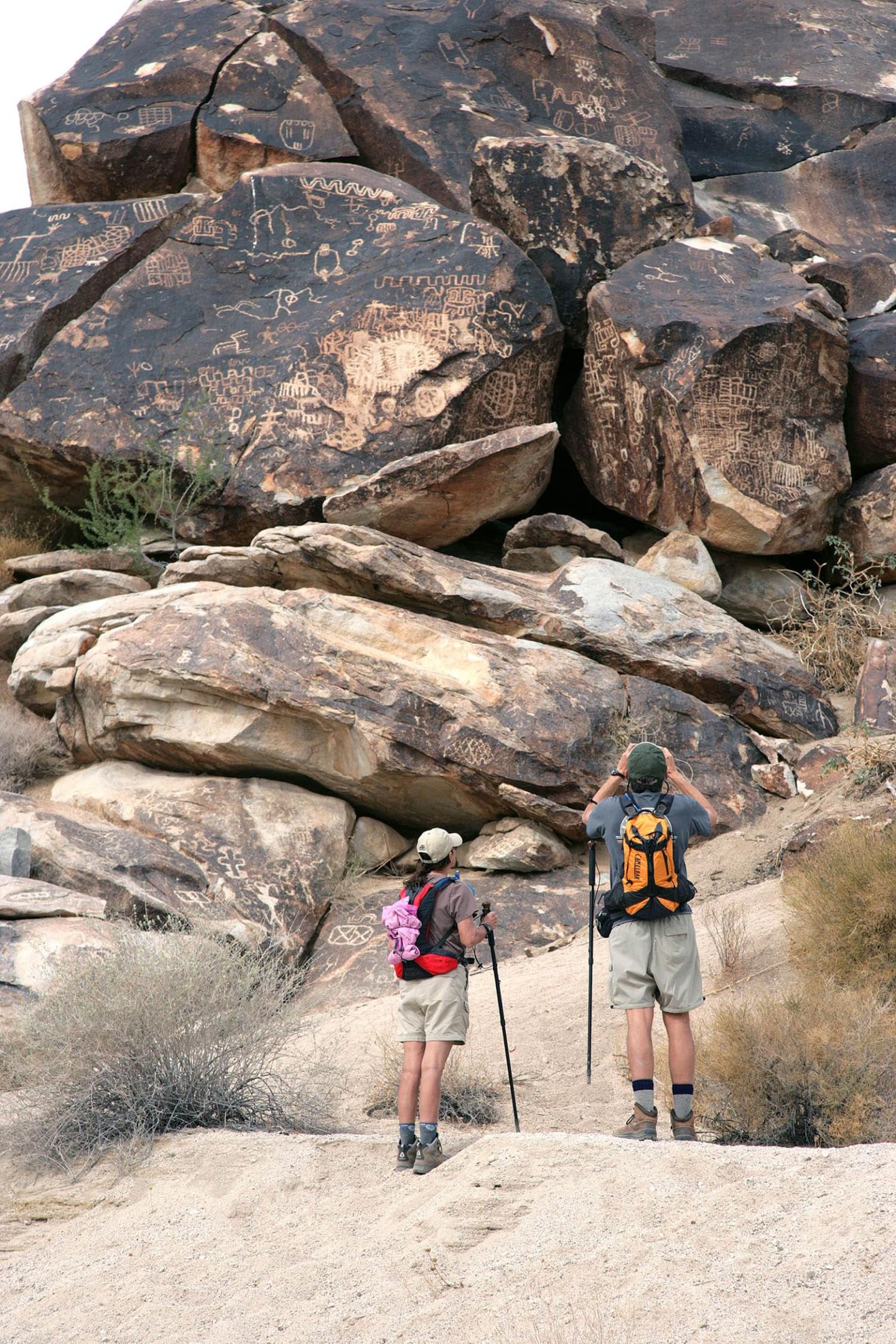
- Follow regulations. Seasonal closures and other regulations are implemented for visitor safety and for the protection of natural and cultural resources. Please do your part to protect others and the park's precious resources.
- Pets are welcome in the park, but must be kept on a leash and cleaned up after at all times. Learn more about responsible visits with our four-legged friends at the NPS website.
- Keep a safe distance between you and any animals you may encounter to keep wildlife wild.
- Consider a guided experience. With such an expansive park, you won't want to miss anything. Stop by the visitor center and discover the many guided (including self-guided) experiences available.
Most importantly, be sure to adventure responsibly.
Head out for adventure
Packing List
We recommend bringing the following items on your trip to Lake Mead National Recreation Area:
- Sun protection items such as sunscreen, sunglasses, and a wide-brimmed hat.
- Plenty of snacks and water. Bring at least one gallon of water per person, especially when hiking.
- Layers to stay comfortable on cool evenings.
- Sturdy, closed-toed shoes on hikes or rougher terrain.
- Insect repellent if visiting during the summer.
- Water safety gear, including life jackets. Reach out to the park to learn about their loaner life jacket program.
Before you head out, download the NPS app to access information on current conditions, trails, and safety tips to help you prepare for your journey into the dunes and beyond.
Remember to check weather conditions and alerts at nps.gov, pack appropriately, and respect the natural environment and cultural resources to ensure a safe and enjoyable trip. Start planning your trip today!
